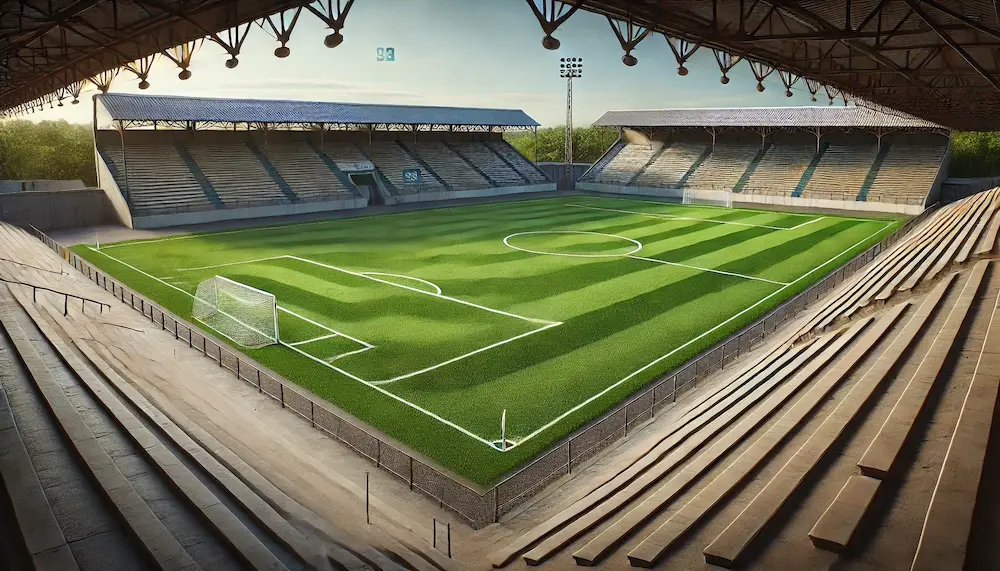Classic soccer fields, often referred to as traditional football pitches, have a rich history and have undergone significant transformations over the years. This article delves into their origins, key features, applications, and considerations when choosing such fields.
Introduction to Classic Soccer Fields
A classic soccer field, commonly known as a football pitch, serves as the playing surface for the sport of association football. Traditionally, these fields are natural grass surfaces, meticulously maintained to provide optimal playing conditions.
History and Origins of Classic Soccer Fields
The origins of soccer fields trace back to the mid-19th century in England, where the sport began to formalize. Initially, matches were played on open grounds without standardized dimensions or markings. Over time, regulations were introduced to define field sizes and layouts, leading to the establishment of the rectangular pitches with defined goal areas and boundary lines that we recognize today.
Key Features of Classic Soccer Fields
Classic soccer fields possess several distinctive features:
- Natural Grass Surface: The traditional playing surface, offering a natural feel and aesthetic appeal. Maintaining grass requires regular upkeep to ensure even terrain and proper grass health.
- Standard Dimensions: While dimensions can vary, a typical field is about 100 to 130 yards in length and 50 to 100 yards in width. International matches often prefer dimensions around 110 to 120 yards long and 70 to 80 yards wide.
- Goal Areas and Markings: Includes the penalty area (18-yard box), goal area (6-yard box), center circle, and corner arcs, each serving specific functions during play.
Applications of Classic Soccer Fields
Beyond hosting soccer matches, classic fields have been utilized for various purposes:
- Multi-Sport Use: In some cases, fields have accommodated other sports, though the primary design caters to soccer.
- Community Events: Local gatherings, festivals, and other community activities have historically taken place on these open grounds.
Considerations When Choosing Classic Soccer Fields
When selecting or maintaining a classic soccer field, several factors should be considered:
- Maintenance Requirements: Natural grass demands regular mowing, watering, and treatment to remain in optimal condition.
- Weather Impact: Grass fields can be adversely affected by weather conditions, leading to muddy or uneven surfaces.
- Usage Frequency: High-frequency use can lead to wear and tear, necessitating periods of rest and recovery for the grass.
Conclusion
Classic soccer fields hold a nostalgic and enduring place in the world of football, embodying the sport’s rich history and tradition. While modern innovations have introduced alternative surfaces and technologies, the classic grass pitch remains a symbol of the beautiful game’s heritage.
